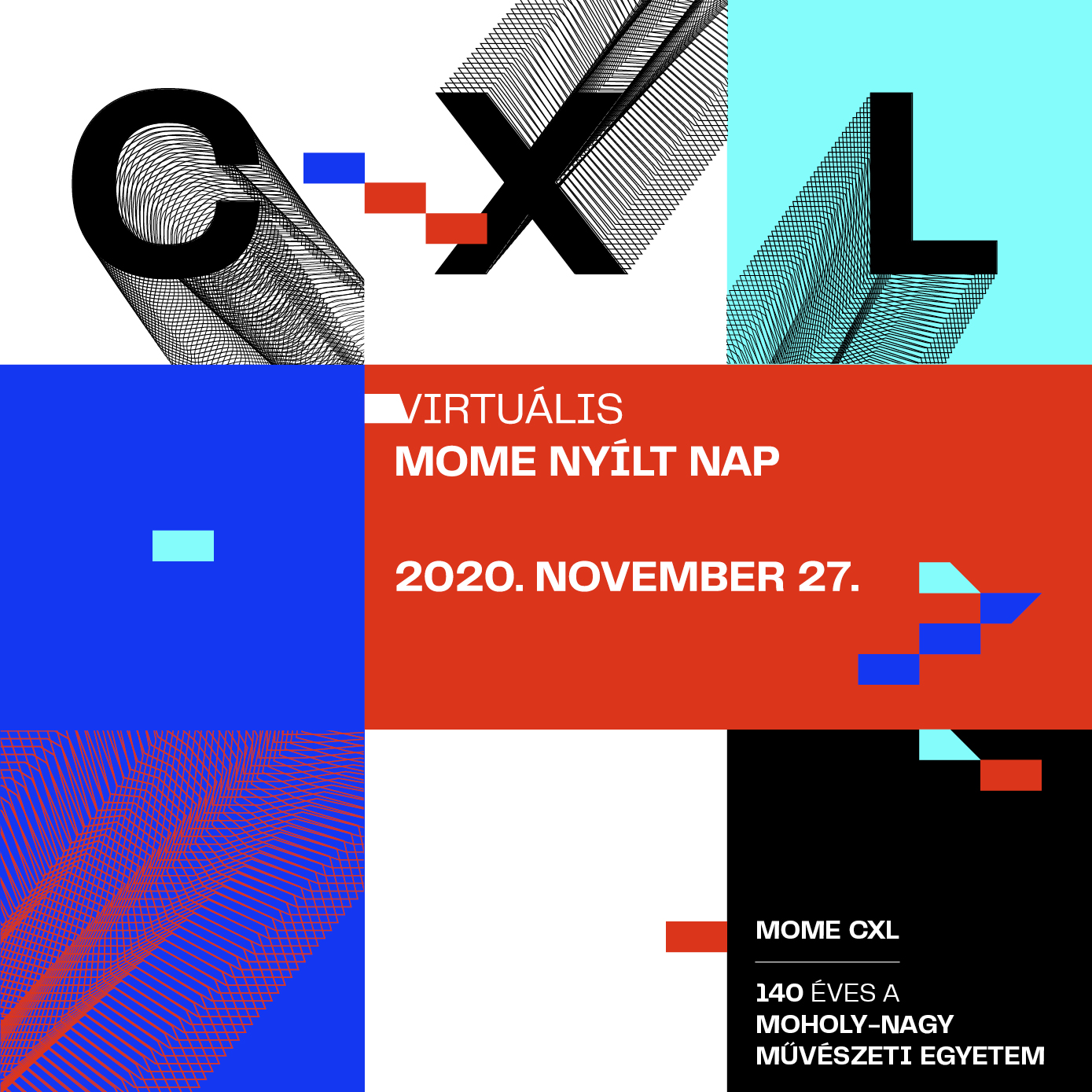Hidden Layers | Online Exhibition in Cooperation with Open Society Archive and MOME Media Design
Hidden layers - Archive and data management
Memory and archive are closely interrelated concepts. Memory itself is often described as an archive: a reservoir of things, images and meanings, a warehouse that can take material form, although memory is more like a transmission, a set of processes through which the past is conveyed to us. In the autumn semester of the 2020-21 academic year, the design assignment of the first year students of Media Design MA will be dedicated to the theme ‘Archive’ and to the collaboration with Blinken OSA Archive, in order to help students understand the period of the Cold War, so difficult to approach and full of taboos, through a research process based on authentic sources. Led by teachers Miklós Erhardt and Krisztina Erdei, we analysed the importance of archives in shaping historical consciousness, contemporary art and culture, and we also analysed the specific background information related to the OSA Archive. We invited OSA staff and experts who activated our relationship to archives during their work. Our guests were Lívia Páldi, the curator of the exhibition titled BBS 50 OTHER VOICES, OTHER ROOMS - RECONSTRUCTION EXHIBITION(S), Fifty Years of the Béla Balázs Studio, an exhibition which attempts to reconstruct the history and collection of the studio, and Marcell Esterházy, a fine artist, who often relies on our personal and collective memories and their connections in his work, and Zsófia Frazon, an ethnographer at the Ethnographic Museum and leader of the scientific project Open Museum, who has already carried out a number of exciting collaborations to make museum and archival material accessible to a wider public. Simultaneously with the seminars focused on theory, the students, led by János Szirtes and Kálmán Tarr, started to develop their own projects to produce informative, authentic visual content by observing and creatively processing the archive material.
In the past thirty years, contemporary fine art has been actively involved in rethinking the relations between memory and forgetting, identity and history, and in redefining the role of the archive as a medium for shaping history. The exhibitions dedicated to the theme of the archive, and the archival materials misappropriated and overturned by artists, have shown that the meaning of images and texts is greatly influenced by the way how we classify and structure them. The archived document acquires the authority of a tool for describing society and becomes the sovereign analogy of identity, memory and history. The contents, organised in folders, open the way to a broader context, the definition of which places a lot of responsibility on the shoulders of the organiser, as documents do not always reflect only what seems obvious at first glance. The aim of the practice in visual art dedicated to memory and archival research is to rescue personal and collective memories irrelevant to official memory, but important in other ways, from oblivion and to make them public in a new interpretative framework.
Besides the restrictions related to the epidemic situation, the semester’s programme was not without challenges, especially for the students who encountered in the OSA Archives a very broad and rich material of a historical period, not directly experienced by them, but still relatively close and not sufficiently settled, which made many of them face the question of competence and therefore found it difficult to find their own perspectives for research. Almost every piece of material has been preceded by many changes of direction, leaps, bottlenecks, agonies or confrontations. We believe that this process itself, along with the achievements, has been an important part of the semester’s work.
The online exhibition | is available on the Facebook site of MOME Media Design
Opening photo: Anna Szalay Szigliget detail
